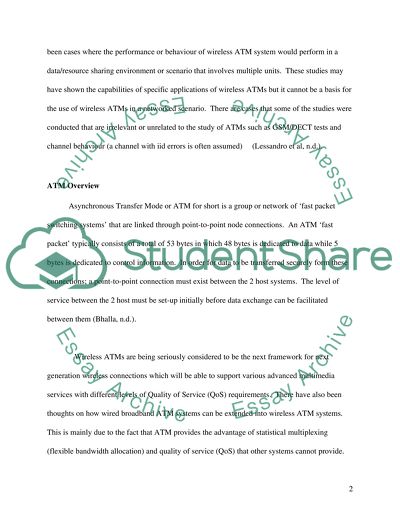Cite this document
(“Quality of Service within Wireless ATM Essay Example | Topics and Well Written Essays - 4250 words”, n.d.)
Retrieved from https://studentshare.org/technology/1527315-quality-of-service-within-wireless-atm
Retrieved from https://studentshare.org/technology/1527315-quality-of-service-within-wireless-atm
(Quality of Service Within Wireless ATM Essay Example | Topics and Well Written Essays - 4250 Words)
https://studentshare.org/technology/1527315-quality-of-service-within-wireless-atm.
https://studentshare.org/technology/1527315-quality-of-service-within-wireless-atm.
“Quality of Service Within Wireless ATM Essay Example | Topics and Well Written Essays - 4250 Words”, n.d. https://studentshare.org/technology/1527315-quality-of-service-within-wireless-atm.


